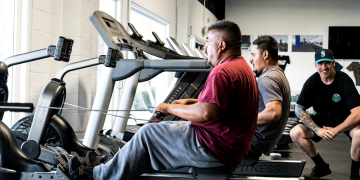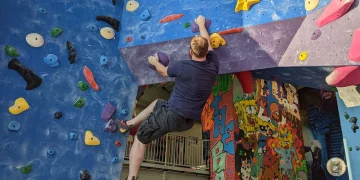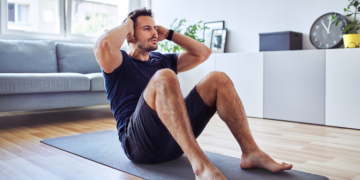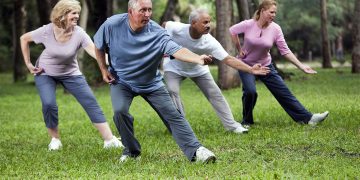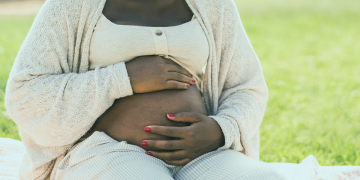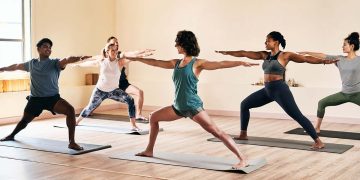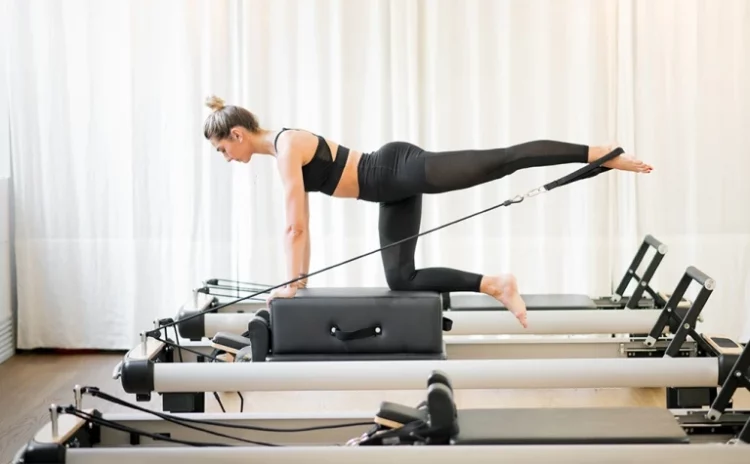Introduction
Core strength is fundamental to almost every movement we perform. Whether you’re lifting groceries, playing sports, or simply maintaining good posture, a strong core helps you perform daily activities more efficiently and prevents injuries. When it comes to workouts that specifically target core strength, two popular methods come to mind: Yoga and Pilates. Both have a reputation for enhancing core stability, but how do they compare?
In this article, we’ll explore the similarities and differences between yoga and Pilates, their impact on core strength, and which might be better for you depending on your fitness goals.
1. What Is Yoga?
Yoga is an ancient practice that originated in India thousands of years ago. It combines physical postures (asanas), controlled breathing (pranayama), and meditation or mindfulness. While yoga offers numerous benefits for the body and mind, its primary focus is on flexibility, balance, mental clarity, and relaxation. That said, many styles of yoga also include core-strengthening poses that challenge the abdominal muscles.
- Types of Yoga for Core Strength: Various styles of yoga can emphasize core work, especially power yoga, vinyasa, and ashtanga. In these practices, the flowing sequences of movements often require you to engage your core to maintain balance and stability.
- How Yoga Enhances Core Strength: Many yoga poses require you to hold positions that engage the deep muscles of the core. Poses like plank, boat pose, and downward dog all activate the abdominals, obliques, and lower back muscles. Additionally, yoga focuses on breath control, which helps engage and activate the core more effectively during each movement.
2. What Is Pilates?
Pilates, developed by Joseph Pilates in the early 20th century, is a fitness method designed to improve strength, flexibility, and overall body awareness. It focuses on controlled movements, particularly targeting the core, to improve posture, balance, and muscle tone. Pilates exercises are often performed on a mat or using specialized equipment like the Reformer, which provides resistance to further challenge your muscles.
- Core Focus in Pilates: The central focus of Pilates is the core, which Joseph Pilates referred to as the “powerhouse.” The exercises are designed to strengthen the muscles of the abdomen, lower back, hips, and glutes, all of which make up the core.
- How Pilates Enhances Core Strength: Pilates exercises engage the deep muscles of the core by emphasizing control, precision, and proper alignment. Movements like the “hundred,” “roll-up,” and “plank with leg lift” target the deep abdominal muscles (transverse abdominis), as well as the obliques and lower back, helping to build functional strength and stability.
3. Comparing Core Engagement: Yoga vs Pilates
Both yoga and Pilates are effective at strengthening the core, but they engage the muscles in slightly different ways.
Yoga and Core Strength
- Muscle Activation: Yoga primarily engages the core through static holds and dynamic movements. Poses that require balance or stability—such as warrior poses, plank variations, and inversions—force the core to work continuously to stabilize the body. The challenge comes from holding the positions and using controlled breathing to maintain form.
- Core Stability: While yoga does improve core strength, it emphasizes the activation of the entire body and integrates core engagement into larger movements. The core is just one part of the overall system that yoga works to balance.
- Functional Strength: The core strength gained from yoga is generally functional. You’re not only training the abs, but you’re also working on overall body awareness, balance, and coordination. Yoga’s holistic approach incorporates both the front and back of the body, creating a more well-rounded strength.
Pilates and Core Strength
- Muscle Activation: Pilates, on the other hand, has a much more focused approach to strengthening the core. Every Pilates movement, whether performed on a mat or Reformer, emphasizes abdominal engagement. Pilates exercises are specifically designed to target the deep core muscles (transverse abdominis), which are essential for posture, spinal alignment, and stability.
- Core Power: Pilates focuses on deep abdominal strength and controlled movements, which are crucial for building a solid core foundation. The exercises are slow, controlled, and precise, allowing for a deeper muscle engagement, and helping improve muscle tone and endurance.
- Balance and Posture: Pilates also works on posture and alignment, but with a specific focus on strengthening the muscles around the spine and pelvis. By targeting the deeper layers of the core, Pilates helps create a strong foundation that enhances overall stability and balance.

4. Which One Is Better for Core Strength?
Both yoga and Pilates offer significant benefits for core strength, but the answer to which is better depends on your specific goals and preferences.
Why Choose Yoga for Core Strength?
- Holistic Approach: If you are looking for a workout that combines core strengthening with flexibility, balance, and mindfulness, yoga is a great choice. Yoga provides a well-rounded practice that can improve flexibility while also targeting the deep core muscles.
- Mental and Physical Integration: If you value the integration of breath, mind-body connection, and relaxation, yoga may be more appealing. The mental aspect of yoga enhances the physical work, which can make your core strength training feel more meditative and rewarding.
- Variety and Flexibility: Yoga provides a lot of variety, and there are many different styles and approaches to yoga that can work for any fitness level. Whether you’re doing power yoga, vinyasa, or a more gentle style like hatha, there are core-strengthening benefits built into the practice.
Why Choose Pilates for Core Strength?
- Targeted Core Work: If your primary goal is to focus solely on building core strength and stability, Pilates is likely the better option. Pilates exercises are designed specifically to isolate and strengthen the core muscles, making it more efficient for targeting that area.
- Precision and Control: Pilates emphasizes precision, control, and slow movements, which means you can focus on engaging the deep core muscles more effectively. The exercises are highly structured, allowing for detailed feedback on your alignment and muscle engagement.
- Postural Benefits: Pilates can also be extremely beneficial for improving posture and preventing back pain. If you have poor posture or weak lower back muscles, Pilates will help you correct these issues by strengthening the muscles around your spine and pelvis.
5. Combining Yoga and Pilates for Maximum Core Strength
Rather than choosing one over the other, many people find that combining yoga and Pilates can yield the best results for core strength and overall fitness. By integrating both practices into your routine, you can benefit from the core-targeting focus of Pilates and the flexibility, balance, and mind-body connection of yoga.
- Sample Weekly Routine: For example, you could practice yoga two to three times a week, focusing on dynamic sequences that engage the core through movements like boat pose and plank. On other days, you could complement your routine with Pilates, focusing on more controlled exercises that strengthen the deeper layers of the core.
Conclusion
So, which is better for strengthening the core: Yoga or Pilates? It depends on your goals. If you’re looking for a full-body workout that includes core strengthening as part of a holistic approach, yoga is a great choice. However, if you want a focused, precision-based workout that targets the deep core muscles for stability and strength, Pilates may be more effective.
Ultimately, both methods offer powerful tools for improving core strength, and incorporating both into your fitness regimen could provide the most balanced and comprehensive results. Whether you choose yoga, Pilates, or a combination of both, consistency and proper technique are key to building a strong, functional core.







